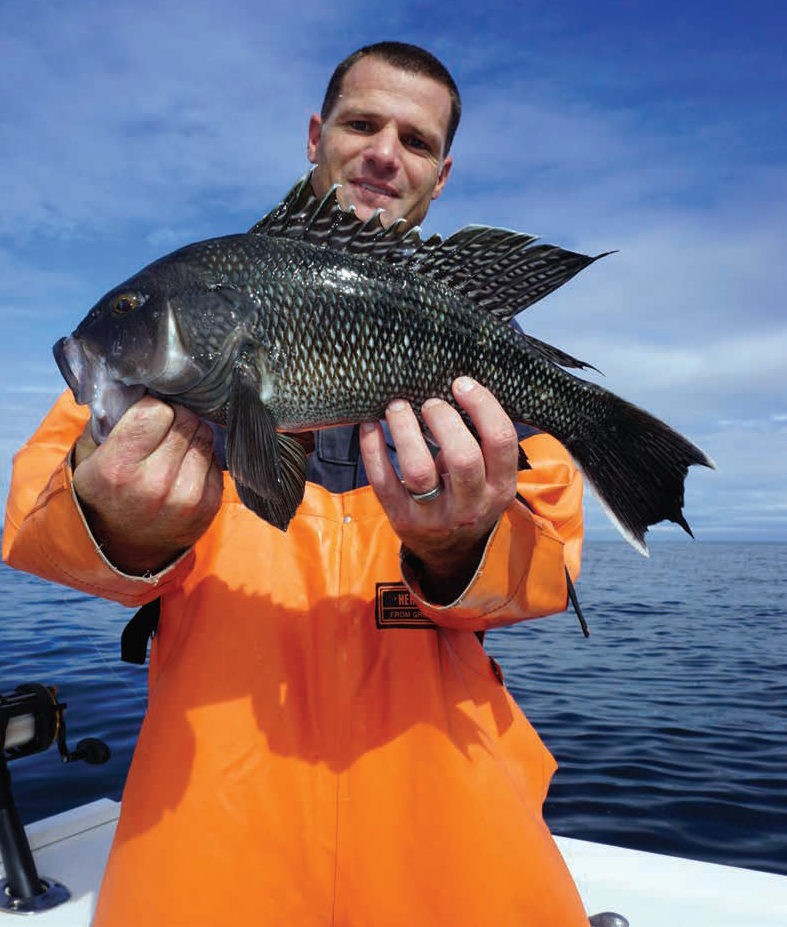
Oceans Under Stress: The Impact of Climate Change on Marine Ecosystems
Oceans are currently facing significant challenges due to climate change and global warming. According to the National Oceanic and Atmospheric Administration (NOAA), 44% of Earth’s oceans experienced marine heat waves in July, a figure that could increase to half in September and October. These rising temperatures have far-reaching consequences, even for inland states like Tennessee.
The Threat to Coral Reefs and Marine Life
The Gulf of Mexico recently recorded water temperatures of over 90 degrees, with Florida experiencing ocean temperatures possibly exceeding 101 degrees. These warm waters pose a major threat to coral reefs, which have been expelling their algae and turning white through a process known as “bleaching.” This prolonged heat could lead to a mass die-off of coral reefs, severely impacting marine biodiversity.
The Era of Global Boiling
UN Secretary António Guterres recently stated that “the era of global boiling has arrived,” emphasizing the urgent need to address climate change and its impact on our oceans.
Oceans Absorb Heat and Release It
Oceans have absorbed approximately 90% of the heat generated by greenhouse gas emissions. This heat, primarily caused by activities such as fossil fuel burning, deforestation, and mass production of food and materials, does not simply disappear. Instead, it raises sea levels, melts ice sheets, reheats the atmosphere, and provides fuel for storms.
El Niño versus Climate Change
This year, Earth is facing another El Niño event, a climate pattern characterized by warmer surface water in the central and eastern Pacific Ocean. El Niño can have global climate impacts and significantly raise global temperatures. Its effects on weather patterns vary across the globe, with some regions experiencing increased rainfall and others facing drought. In the Atlantic, warm sea surface temperatures may counterbalance the usual suppression of hurricane activity during El Niño events.
The Impact on Inland States like Tennessee
Tennessee is not immune to the risks posed by tropical storms. When tropical storms form in the Gulf of Mexico or the Atlantic, rain and wind can reach non-coastal states as the storms travel north along the coast. Strong storms have a higher likelihood of impacting inland areas, potentially maintaining tropical storm strength all the way into Tennessee. Slower storms, which are becoming more common, pose an additional risk as they have more time to drop rain, particularly in the eastern portion of the state.
Threats to Marine Life and Ecosystems
Warmer oceans not only disrupt fisheries but also have cascading effects throughout the aquatic food chain. Oceanic ecosystems rely on the natural circulation of water, with winds pushing water and upwelling of colder, nutrient-rich water from deeper depths. However, when the surface becomes hot, it acts as a barrier against cold waters below, disrupting this cycle and causing organisms to migrate. Additionally, as oceans absorb greenhouse gas emissions, oxygen levels decrease, and water acidifies. Over time, these factors could lead to a mass extinction of marine species.
SDGs, Targets, and Indicators
-
SDG 13: Climate Action
- Target 13.1: Strengthen resilience and adaptive capacity to climate-related hazards and natural disasters
- Target 13.2: Integrate climate change measures into national policies, strategies, and planning
- Target 13.3: Improve education, awareness-raising, and human and institutional capacity on climate change mitigation, adaptation, impact reduction, and early warning
- Target 13.4: Implement the commitment undertaken by developed countries to mobilize $100 billion annually for climate action in developing countries by 2020
- Target 13.5: Promote mechanisms for raising capacity for effective climate change-related planning and management in least developed countries and small island developing states
The article highlights the impact of ocean heat waves and the connection to climate change. It discusses the increased risk of tropical storms, rising sea levels, and disruptions to marine life due to warmer oceans. These issues are directly related to SDG 13, which focuses on climate action.
-
SDG 14: Life Below Water
- Target 14.1: By 2025, prevent and significantly reduce marine pollution of all kinds, particularly from land-based activities, including marine debris and nutrient pollution
- Target 14.2: By 2020, sustainably manage and protect marine and coastal ecosystems to avoid significant adverse impacts, including by strengthening their resilience, and take action for their restoration in order to achieve healthy and productive oceans
- Target 14.3: Minimize and address the impacts of ocean acidification, including through enhanced scientific cooperation at all levels
- Target 14.4: By 2020, effectively regulate harvesting and end overfishing, illegal, unreported, and unregulated fishing and destructive fishing practices and implement science-based management plans, in order to restore fish stocks in the shortest time feasible, at least to levels that can produce maximum sustainable yield as determined by their biological characteristics
- Target 14.5: By 2020, conserve at least 10 percent of coastal and marine areas, consistent with national and international law and based on the best available scientific information
The article discusses the impact of warmer oceans on marine life, including disruptions to fisheries and the threat of mass extinction. These issues align with SDG 14, which aims to conserve and sustainably use the oceans, seas, and marine resources.
Table: SDGs, Targets, and Indicators
| SDGs | Targets | Indicators |
|---|---|---|
| SDG 13: Climate Action |
|
No specific indicators mentioned in the article. |
| SDG 14: Life Below Water |
|
No specific indicators mentioned in the article. |
Behold! This splendid article springs forth from the wellspring of knowledge, shaped by a wondrous proprietary AI technology that delved into a vast ocean of data, illuminating the path towards the Sustainable Development Goals. Remember that all rights are reserved by SDG Investors LLC, empowering us to champion progress together.
Source: wkms.org

Join us, as fellow seekers of change, on a transformative journey at https://sdgtalks.ai/welcome, where you can become a member and actively contribute to shaping a brighter future.






